Overview
- Brief Narrative
- Post-war painting depicting a still-life bowl of fruit, including two green etrogs, a common citrus fruit used as part of Sukkot holiday. Sukkot is a weeklong Jewish holiday that celebrates harvest and commemorates the forty-year period during which the children of Israel were wandering in the desert. The drawing was made for Alice Goldberger by a child at Weir Courtney, an estate home in Surrey England where orphaned children who survived internment in concentration camps were cared for after the war. Alice, the matron of Weir Courtney, gave this and other artwork to former resident Judith Sherman. Judith and her younger sister Mirjam were from the village of Kurima in Czechoslovakia. In 1942, the situation became increasingly dangerous for Jews, and the sisters were sent into hiding in Hungary by their family. Mirjam remained with a family in hiding, but Judith was captured while hiding in the forest and sent to Ravensbrück concentration camp. Their parents, brother, and numerous extended family members were all killed in concentration camps. After the war, the sisters were sent to England to live at Weir Courtney along with 22 other child survivors. The home provided a safe, caring, and nourishing environment for the children. Aside from their regular studies, the children gardened, studied music and dance, learned Hebrew, and were encouraged to create art.
- Date
-
creation:
after 1945-before 1949
- Geography
-
creation:
Lingfield (England)
- Credit Line
- United States Holocaust Memorial Museum Collection, Gift of Judith Sherman
- Contributor
-
Original owner:
Alice Goldberger
Subject: Alice Goldberger
Subject: Judith H. Sherman
- Biography
-
Alice Goldberger (1897-1986) was born in Berlin, Germany. She was trained as a youth-work instructor and became the head of a state run shelter for disadvantaged children and their families. When Hitler came to power, Alice being Jewish, was forced to give up her post. She immigrated to England in 1939, on one of the last boats out of Europe. When war broke out, Alice was interned on the Isle of Man as an enemy alien. She set about organizing a nursery school for the children of the internees, and involved the parents in making equipment and toys. The success of this venture was reported in the daily newspaper, and when Anna Freud, psychoanalyst and daughter of Sigmund Freud, read the account she decided that Alice was the right person to run her residential wartime nursery. Through Anna’s intervention, Alice was released and became the superintendent of the country-house nursery for the children of working war-time mothers. Later, she joined the first Training Course of the Hampstead Child-Therapy Clinic (now the Anna Freud National Centre for Children and Families).
In 1945, after the end of the war and the liberation of the concentration camps, the Central British Fund brought child survivors, some still infants, from Europe to England. Authorized to bring 1000 children, the Fund could only find 732. Some of these children were given to the care of Alice. She had lost her entire family in the Holocaust and was eager to assist. By the end of 1945, Alice and the children moved into a large estate in the Lingfield, Surrey region, donated by Sir Benjamin Drage, and named Weir Courtney. Alice became mother, caretaker, advocate, and teacher to the 24 refugee children who lived at Weir Courtney, some as young as four years old. She worked diligently to get the children adopted into foster homes or reunited with living family members.
Some of the children had spent the war in hiding, the rest had been in concentration camps including Auschwitz, Ravensbrück, and Theresienstadt. Several of the children had survived because they had been Mengele’s medical experiment subjects. In 1948, when some of the older children had left, Alice and the remaining children moved to London and settled in Lingfield House, where they remained until all the children had come of age and could live on their own. Alice was honored on the “This is Your Life” television program in 1978, where she was reunited with the children, many of whom she had not seen in 30 years. Alice passed away at age 89 in 1986.
Judith Sherman (nee Stern) (b. 1929) was born in the village of Kurima in Prešov, Czechoslovakia (now Slovakia) to Ernest Stern (1905-1945) and Ilona (Elena/Helen) Sofer-Weinstock Sternova (1907-1944). She had an older sister Olga, who died young, a younger brother Karoly (1934-1944), and younger sister, Mirjam (1936-2017). Judith’s father owned land and a store with her uncle, and her parents worked in the store. The family lived on a large estate with many extended family members including grandparents, aunts, uncles, and cousins. While they were well off, they did not live luxuriously, and were very charitable to those less fortunate in the community. They were orthodox, kept kosher, and observed Shabbat. Anti-Semitism only became apparent in Judith’s village after Jews were labeled as undesirables and required to be identified.
Germany invaded and occupied Czechoslovakia in March 1939 and the deportation of Jews began gradually and was carried out by local police, not German soldiers. In September 1939, during Germany’s occupation of Poland, soldiers travelled through their village en route to Poland and broke into their home looking for a fugitive they thought was Judith’s uncle and threatened to shoot the family. Judith’s family realized the situation was becoming increasingly more dangerous for Jews and in 1942 her family decided to smuggle the children (Judith, her siblings, and her cousins) into Hungary. The children were split into two groups to increase their odds of survival, and were sent into hiding. Judith’s parents were later smuggled over the border into Hungary. When Germany occupied Hungary in March 1944, deportations occurred quickly, and in April, Judith’s parents were sent to Sered’ transit camp. The children lived with various families in hiding until a neighbor betrayed them. Judith and her sister Mirjam were found and taken to prison. A family friend managed to smuggle them out, and Mirjam went into hiding with a different family while Judith, along with some other family members, hid in the forest. German soldiers found them and imprisoned them in September. Judith’s brother, aunt, and cousins had also been captured and deported to Auschwitz concentration camp.
In October, Judith was put on a train to Auschwitz, but the camp was full and she was taken to Ravensbrück concentration camp instead. She was given the prisoner number 83621. At Ravensbrück, Judith discovered one of her aunts had survived and was also there. Judith recalled the initial shock of seeing dead bodies strewn in the washrooms where they would remain for days before being carted off. She became ill with a cough and was sent to the hospital where doctors performed treatments. She is unsure if the treatments were medically acceptable or experimental, but she did not get better and was taken to Barrack 10, where prisoners were sent to die. The guard, a German political prisoner, took a liking to Judith and gave her extra food and warm clothing and she recovered. In the spring of 1945, Judith and the remaining prisoners were marched out of the camp as Soviet troops began closing in. They were forced to march under guard and slept outdoors in fields. One morning they woke to find the SS Guards had vanished only to be replaced by Soviet soldiers. However, liberation did not bring immediate relief, as the Soviet soldiers randomly raped and shot some prisoners.
After the war ended in May 1945, Judith made her way back to her village in Czechoslovakia. She learned that many members of her family had perished in concentration camps - her brother at Auschwitz, her mother at Sered’ and her father at Sachsenburg. She was reunited with her sister Mirjam who had survived by remaining in hiding. In 1946, she and her sister went to England under the British Government’s “Children from the Concentration Camp Schemes”, which allowed orphaned child camp survivors to enter the United Kingdom. Judith and Mirjam stayed at a hostel with several pairs of twins who had been subjected to experimentation by Mengele. After several months, they were taken to Weir Courtney, an estate in Lingfield, Surrey. They were part of a group of 24 children camp survivors who lived at the estate under the care of Alice Goldberger. The environment at Weir Courtney was nourishing and healing, and Judith described it as a perfect chapter in her life after the horrors of war. Most of the children were adopted to families or reunited with relatives.
Several children, including Judith and her sister, remained with Alice, and in1948 they moved to a home in London so they would be less isolated. Judith had a difficult time transitioning, but managed to complete school and attended the London School of Economics. In 1953, she traveled to Israel where she met and married her husband Robert (Ruben) Sherman. The couple stayed with Alice in the UK for a short time and eventually Judith immigrated to the United States where Ruben’s family lived. They settled in New Brunswick, Connecticut, and had two children. Judith did not speak openly about her experiences for many years, but eventually began to speak out publicly and in 2005, wrote a book about her experience entitled “Say the Name: A Survivor's Tale in Prose and Poetry.”
Physical Details
- Classification
-
Art
- Category
-
Children's art
- Object Type
-
Children's paintings (ushmm)
- Genre/Form
- Children's drawings.
- Physical Description
- Still-life watercolor painting of fruit on cream colored paper. The fruit is stylized and includes oranges, apples, pears, bananas, grapes, and two large green etrogs hatched with black, parallel lines. The fruit is arranged on an oval shaped surface sketched with pencil and painted with pink swirls and red dots. The apples and pears are colored with two-tones, red and gold. There are small pin holes and adhesive residue at each corner and a small loss on the left, upper edge. There is a heavy vertical crease down the center of the paper.
- Dimensions
- overall: Height: 14.250 inches (36.195 cm) | Width: 21.250 inches (53.975 cm)
- Materials
- overall : paper, watercolor, pencil, adhesive
Rights & Restrictions
- Conditions on Access
- No restrictions on access
- Conditions on Use
- No restrictions on use
Keywords & Subjects
- Topical Term
- World War, 1939-1945--England--Lingfield. Holocaust survivors--Great Britain. Jewish orphans. Jewish children--Great Britain. Jewish Children--Institutional care--England--History. Jewish children in the Holocaust.
- Geographic Name
- Lingfield (England) Kurima (Slovakia)
- Personal Name
- Sherman, Judith H.
- Corporate Name
- Ravensbrück (Concentration camp)
Administrative Notes
- Legal Status
- Permanent Collection
- Provenance
- The watercolor painting was donated to the United States Holocaust Memorial Museum in 2007 by Judith Sherman, orphaned child cared for by Alice Goldberger.
- Record last modified:
- 2022-07-28 18:26:53
- This page:
- https://collections.ushmm.org/search/catalog/irn59786
Also in Alice Goldberger collection
The collection consists of letters, documents, photographs, drawings, and paintings relating to Alice Goldberger and the orphaned children survivors of concentration camps in her care in Lingfield, England, after the Holocaust.
Date: 1945-1986
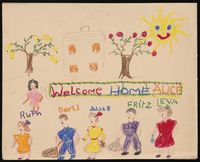
Alice Goldberger papers
Document
The Alice Goldberger papers include biographical materials documenting Alice Goldberger and one of her staff members, Martha (Manna) Friedmann; correspondence, photograph albums, and reports documenting the work of Weir Courtney and the Lingfield House as well as the lives of child Holocaust survivors who lived there; and an extensive collection of the children’s artwork. Biographical material consists of honors, obituaries, memories, and tributes honoring Alice Goldberger and her work for the children of Weir Courtney and Lingfield house and Martha (Manna) Friedmann, a staff member at Weir Courtney. Correspondence includes selected letters from some of the children of Weir Courtney including Mirjam, Zdenka, Denny, Judith, and Tanja to Alice Goldberger, a letter from an adoptive parents describing how well her adopted child is adjusting, and letters documenting the reunion of Lilian and Andra Bucci with their mother in 1946. The photograph albums series includes three albums. The first documents the children of Weir Courtney and depicts the estate, Alice Goldberger, child survivors of the Holocaust including Eva, Hanka, Mirjam, Zdenka, Vicky, Sylvia, Judith, Liliana, Andra, Asta, Renate, Denny, Tanya, Dora, a staff member named Sophie, and a dog named Teddy. The album also includes later photographs of Judith and Mirjam Stern and their children. The second album documents the rooms and activities at Weir Courtney home through photographs and poetry. The third album documents Alice Goldberger’s 1978 appearance on the British television show “This is Your Life” and the grown children she aided at Weir Courtney and Lingfield House. Reports primarily consist of messages from the Weir Courtney and Lingfield house staff to Americans participating in “Foster Parent” program providing financial assistance to the children’s homes. The monthly reports describe daily life at the homes, provide thoughtful and personal details about the children’s histories, and offer updates on the challenges and achievements of individual children. The reports provide details about children named Andra, Asta, Avigdor, Bella, Berli, Charles, Denny, Erwin, Eva, Freddy, Fritz, Gadi, Gittel, Hanka, Hedi, Judith, Julius, Liliana, Lizzi, Magda, Margot, Milly, Mirjam, Peter, Rachel, Renate, Ruth, Sylvia, Tanja, Traute, Vicky, Zdenka. Lingfield House Reports provide updates about the home as well as fundraising and committee information. A 1977 report provides updates about Charles, Denny, Dora, Elsa, Eva, Fritz, Hanka, Hedi, Judith, Magda, Mirjam, Sylvia, Tanja, Vicky, Zdenka as adults. Works by children primarily include artwork by children at Weir Courtney and Lingfield House. Artwork includes a green binder the children created for Alice Goldberger’s birthday in 1951, a string-bound album of children’s drawings, a ribbon-bound folio of drawings and poems addressed to Alice, handmade pamphlets of drawings, and more than one hundred loose drawings and paintings. This series also include a folder of poems and songs by the children, many of which are illustrated, and certificates documenting trees planted in Israel in the name of the children. Much of the creative work is unattributed, but there are creations signed by Berli, Charles Kersler, Claus, Denny, Ervin Bogner, Eva Traub, other Eva, Fritz, Hanka, Hedi, Judith Singer, Judith Stern, Juliet, Marie, Mirjam Stern, Norbert, Pauline, Peter, Rachel, Ruth Kamaryth, Sylvia, Tanja, Usha, Vicky, and Zdenka.
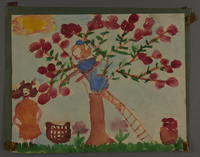
Drawing
Object
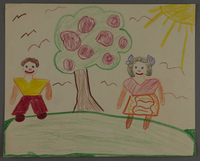
Drawing
Object

Drawing
Object
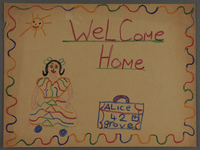
Drawing
Object
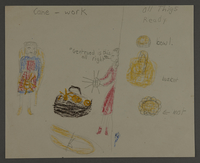
Drawing
Object

Drawing
Object
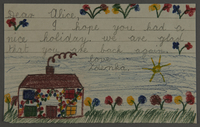
Drawing
Object

Drawing
Object
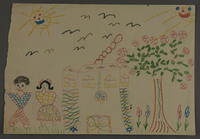
Drawing
Object

Drawing
Object

Drawing
Object

Drawing
Object
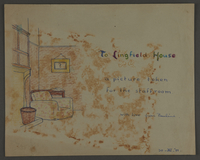
Drawing
Object

Drawing
Object

Drawing
Object

Drawing
Object
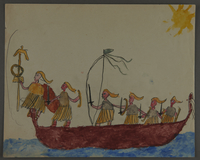
Drawing
Object

Drawing
Object

Drawing
Object

Drawing
Object

Drawing
Object
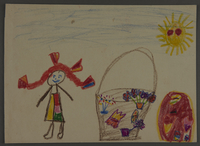
Drawing
Object
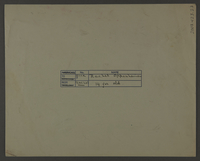
Drawing
Object

Drawing
Object

Drawing
Object

Drawing
Object

Drawing
Object

Drawing
Object
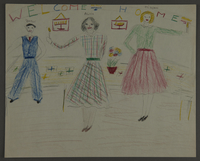
Drawing
Object

Drawing
Object

Drawing
Object
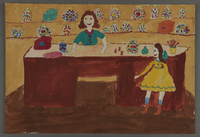
Drawing
Object
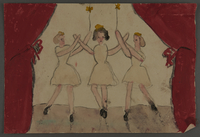
Drawing
Object

Drawing
Object
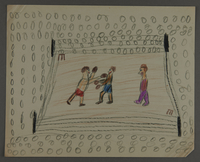
Drawing
Object

Drawing
Object

Drawing
Object
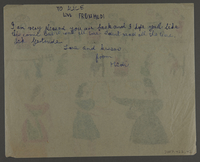
Drawing
Object

Drawing
Object
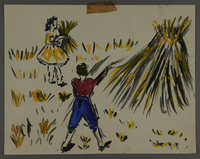
Drawing
Object
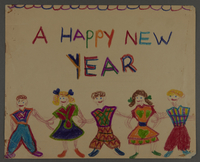
Drawing
Object
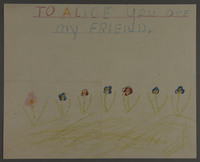
Drawing
Object

Drawing
Object

Drawing
Object
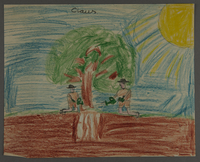
Drawing
Object
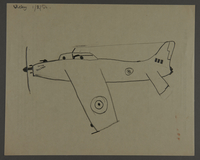
Drawing
Object

Drawing
Object

Drawing
Object
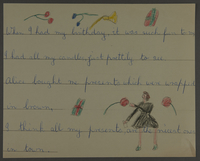
Drawing
Object
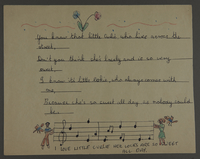
Drawing
Object

Drawing
Object

Drawing
Object

Drawing
Object
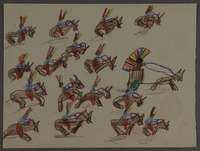
Drawing
Object
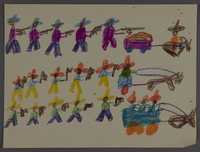
Drawing
Object
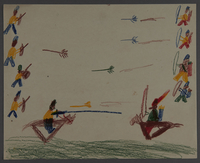
Drawing
Object
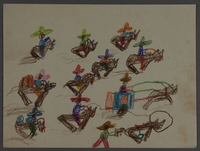
Drawing
Object

Drawing
Object
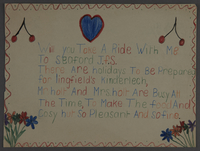
Drawing
Object
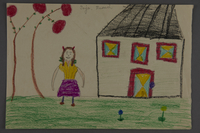
Drawing
Object
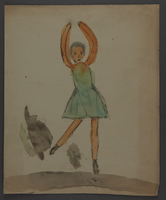
Drawing
Object

Drawing
Object

Drawing
Object

Drawing
Object
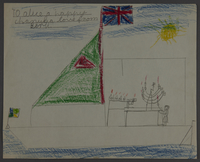
Drawing
Object

Drawing
Object

Drawing
Object

Drawing
Object
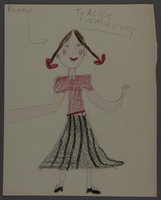
Drawing
Object
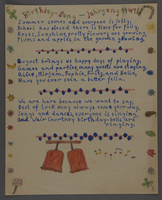
Drawing
Object

Drawing
Object
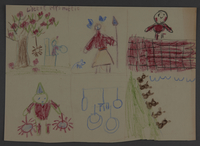
Drawing
Object

Drawing
Object
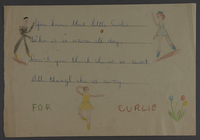
Drawing
Object
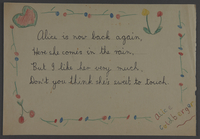
Drawing
Object
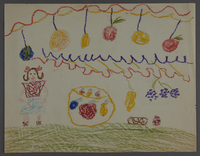
Drawing
Object
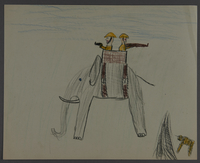
Drawing
Object

Drawing
Object
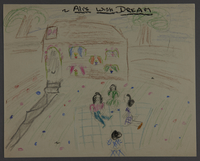
Drawing
Object
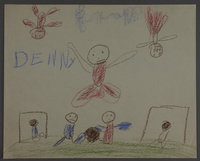
Drawing
Object

Drawing
Object

Drawing
Object
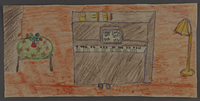
Drawing
Object
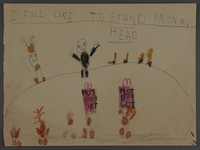
Drawing
Object
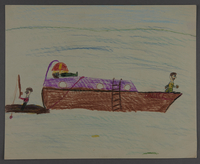
Drawing
Object

Drawing
Object

Drawing
Object
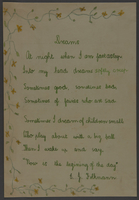
Drawing
Object

Drawing
Object
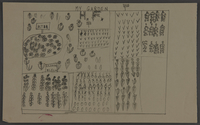
Drawing
Object

Drawing
Object

Drawing
Object

Drawing
Object

Drawing
Object

Drawing
Object

Drawing
Object

Drawing
Object
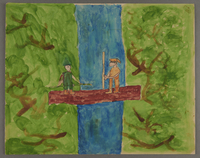
Drawing
Object

Drawing
Object

Drawing
Object

Drawing
Object
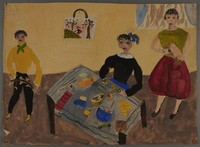
Drawing
Object
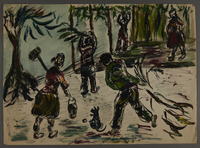
Drawing
Object

Drawing
Object

Drawing
Object

Drawing
Object

Drawing
Object

Drawing
Object
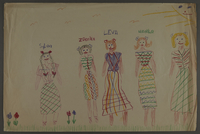
Drawing
Object

Drawing
Object
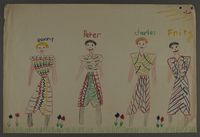
Drawing
Object
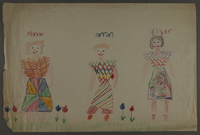
Drawing
Object

Drawing
Object

Drawing
Object

Drawing
Object

Drawing
Object

Drawing
Object

Drawing
Object
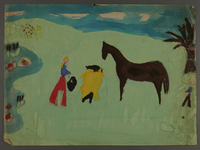
Drawing
Object
Watercolor of five people under a vine painted by an orphan child at Lingfield House
Object
Post-war painting depicting children under a vine with hanging fruit, likely celebrating the Sukkot holiday. Sukkot is a weeklong Jewish holiday that celebrates harvest and commemorates the forty-year period during which the children of Israel were wandering in the desert. The drawing was made for Alice Goldberger by a child at Weir Courtney, an estate home in Surrey England where orphaned children who survived internment in concentration camps were cared for after the war. Alice, the matron of Weir Courtney, gave this and other artwork to former resident Judith Sherman. Judith and her younger sister Mirjam were from the village of Kurima in Czechoslovakia. In 1942, the situation became increasingly dangerous for Jews, and the sisters were sent into hiding in Hungary by their family. Mirjam remained with a family in hiding, but Judith was captured while hiding in the forest and sent to Ravensbrück concentration camp. Their parents, brother, and numerous extended family members were all killed in concentration camps. After the war, the sisters were sent to England to live at Weir Courtney along with 22 other child survivors. The home provided a safe, caring, and nourishing environment for the children. Aside from their regular studies, the children gardened, studied music and dance, learned Hebrew, and were encouraged to create art.
Watercolor of two figures in a room painted by an orphan child at Lingfield House
Object
Colorful post-war painting depicting a child watching someone decorate a room, likely for the Sukkot holiday. Sukkot is a weeklong Jewish holiday that celebrates harvest and commemorates the forty-year period during which the children of Israel were wandering in the desert. The drawing was made for Alice Goldberger by a child at Weir Courtney, an estate home in Surrey England where orphaned children who survived internment in concentration camps were cared for after the war. Alice, the matron of Weir Courtney, gave this and other artwork to former resident Judith Sherman. Judith and her younger sister Mirjam were from the village of Kurima in Czechoslovakia. In 1942, the situation became increasingly dangerous for Jews, and the sisters were sent into hiding in Hungary by their family. Mirjam remained with a family in hiding, but Judith was captured while hiding in the forest and sent to Ravensbrück concentration camp. Their parents, brother, and numerous extended family members were all killed in concentration camps. After the war, the sisters were sent to England to live at Weir Courtney along with 22 other child survivors. The home provided a safe, caring, and nourishing environment for the children. Aside from their regular studies, the children gardened, studied music and dance, learned Hebrew, and were encouraged to create art.



